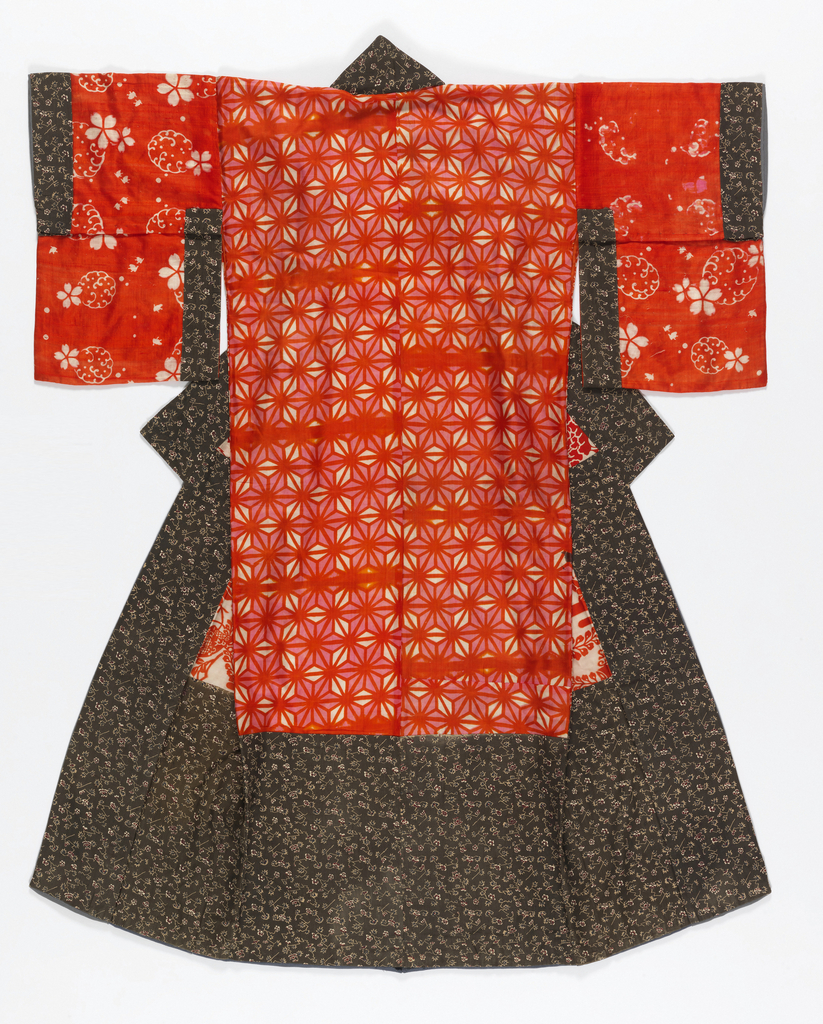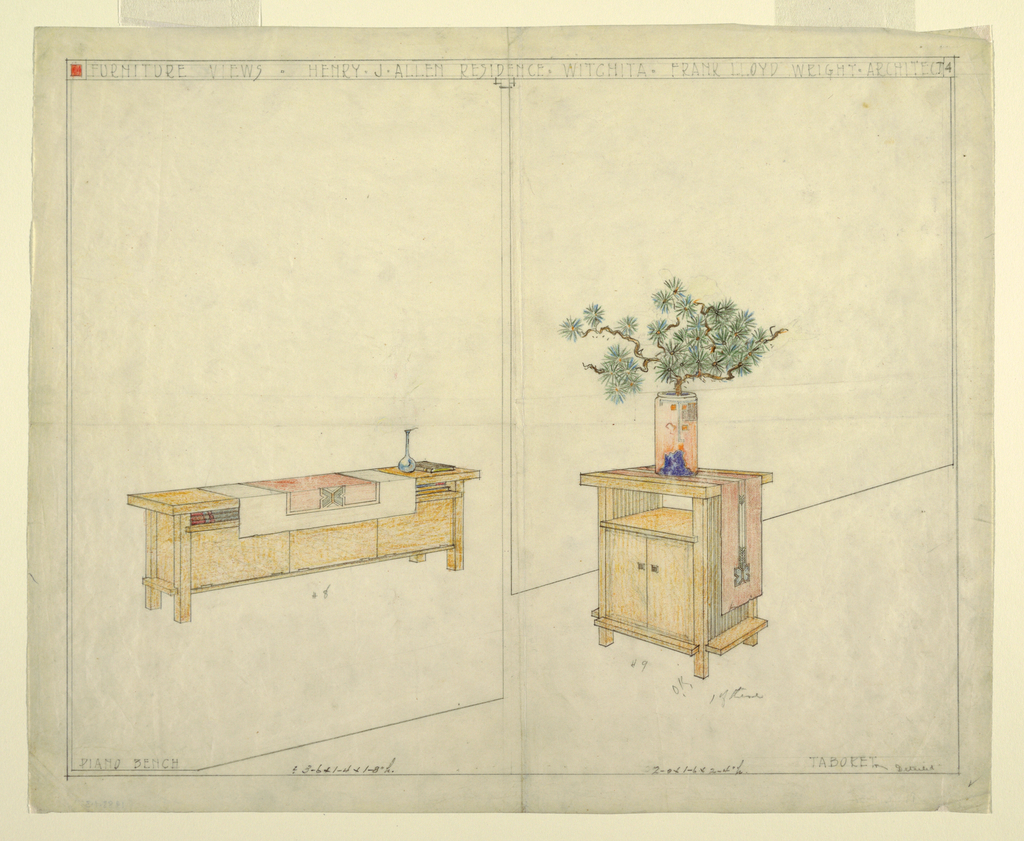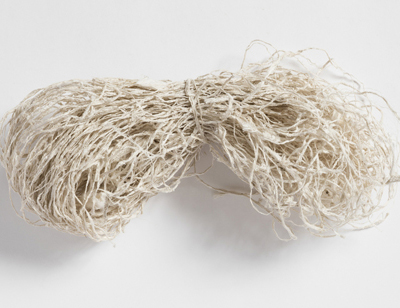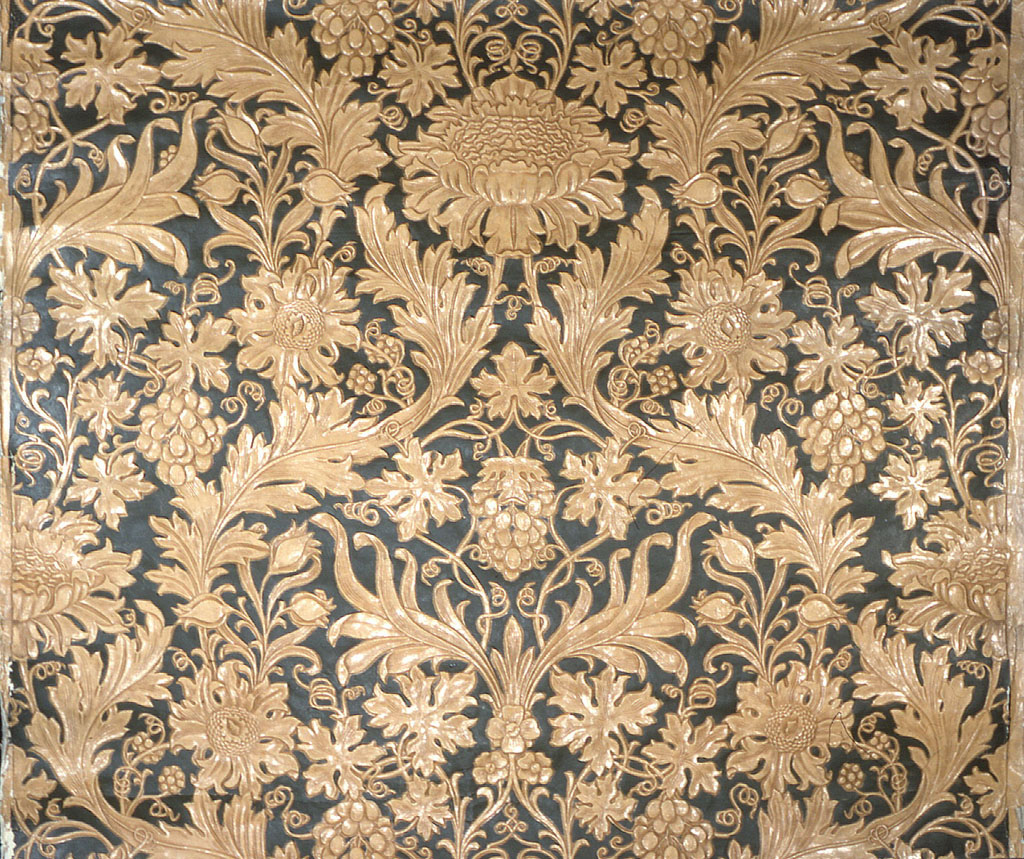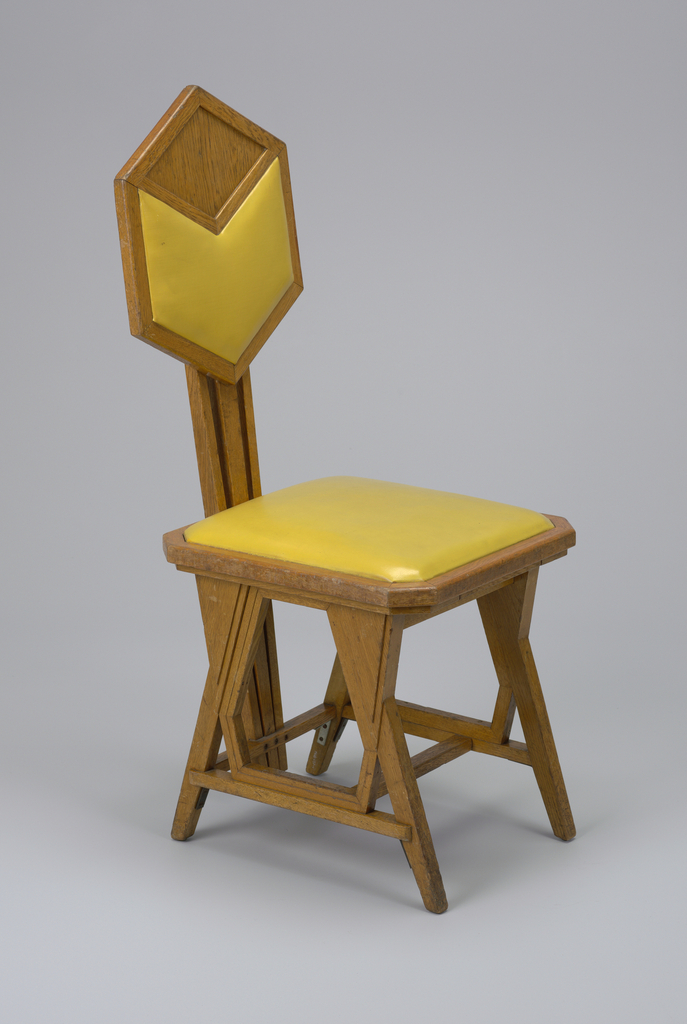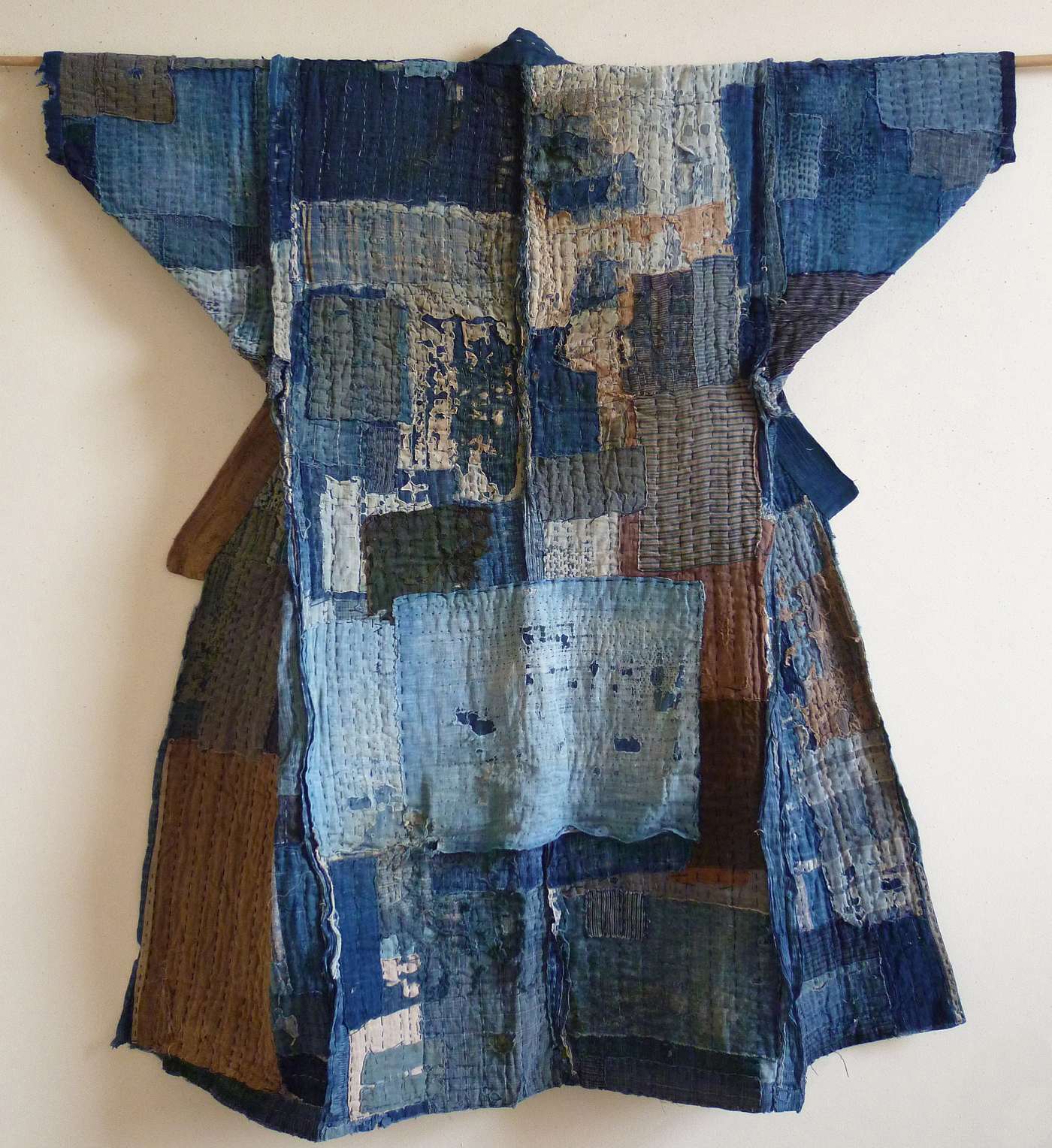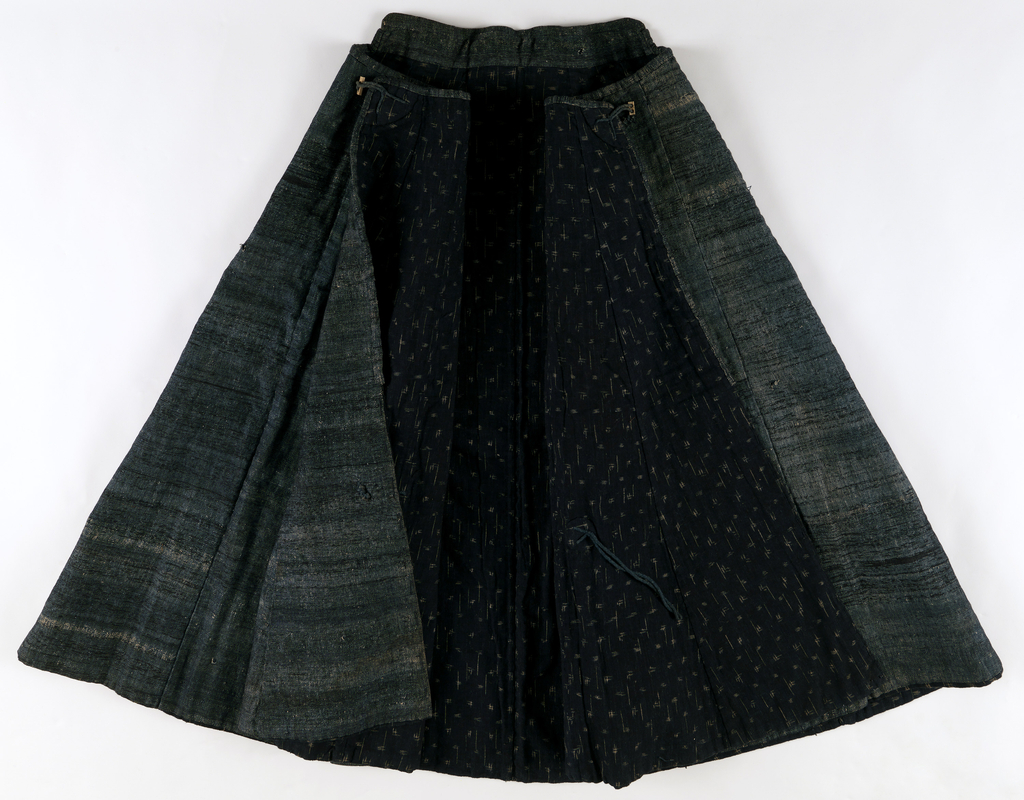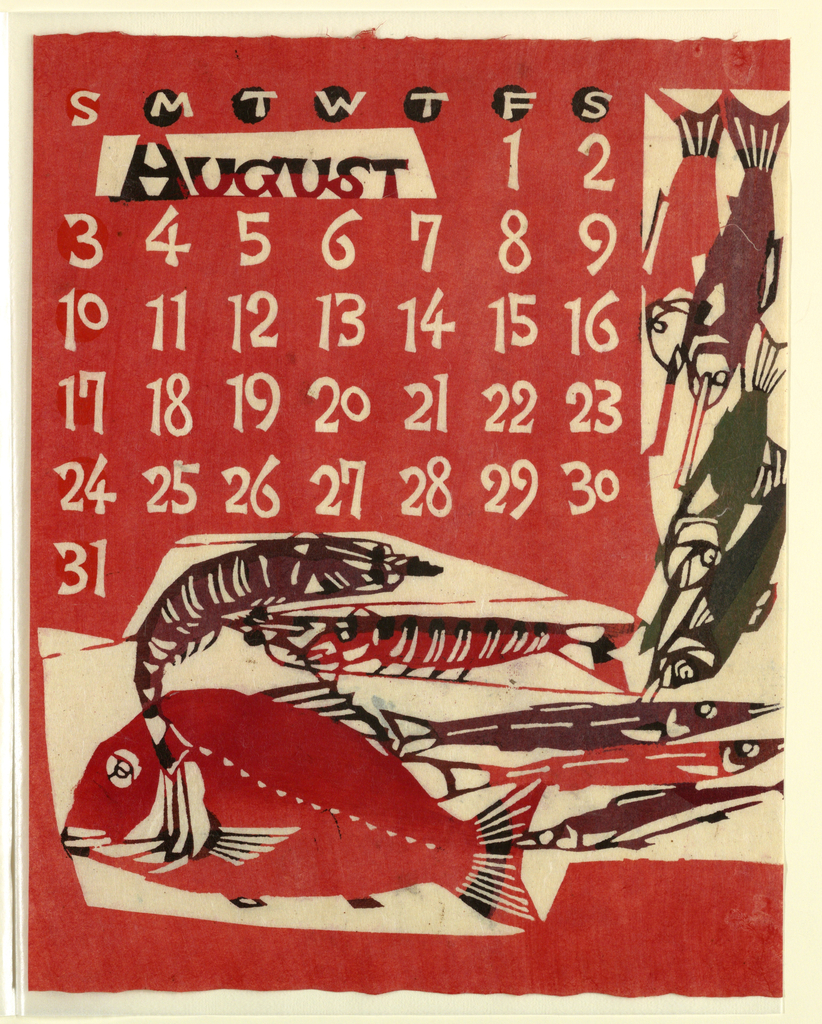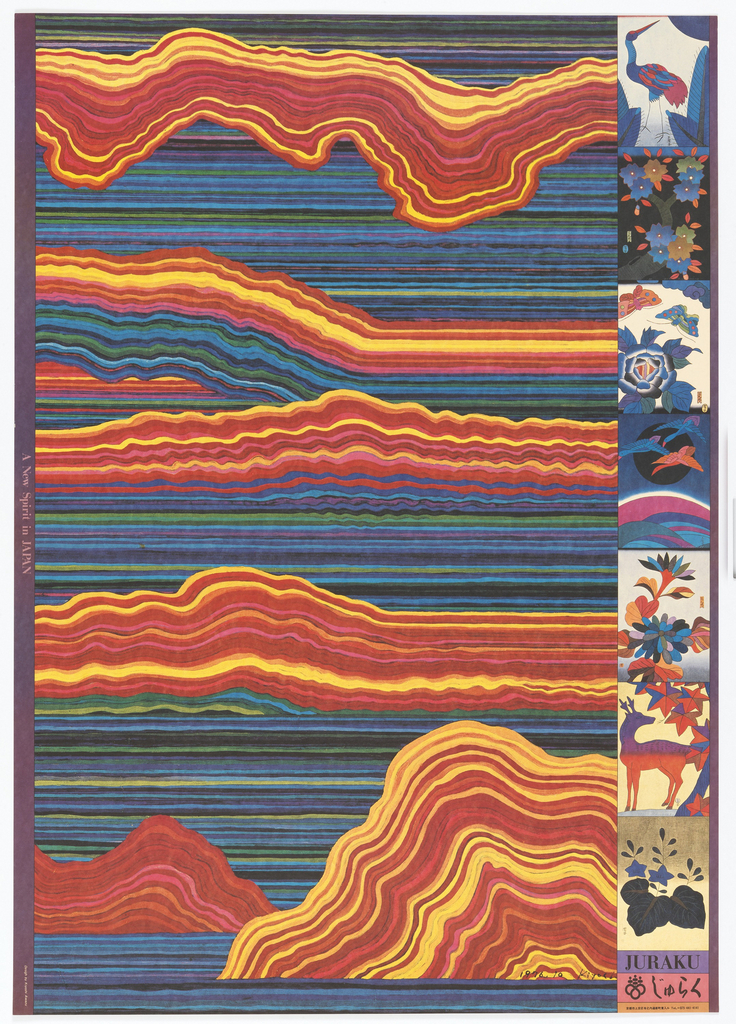Author: Yoshiko Wada September is New York Textile Month! In celebration, members of the Textile Society of America will author Object of the Day for the month. A non-profit professional organization of scholars, educators, and artists in the field of textiles, TSA provides an international forum for the exchange and dissemination of information about textiles...
The seminal American architect Frank Lloyd Wright began designing a house for a wealthy newspaper publisher, Kansas Governor, and eventually Senator, Henry J. Allen, in 1915. The only residence designed by Wright in Wichita, KA, the Allen House was completed in 1918 and is considered the last of Wright’s celebrated Prairie Houses. Wright employs his signature...
Leather hangings were a popular way to decorate walls in Europe in the 18th-century. They were often called Spanish leathers because they originated in Spain in the 17th century, but these early hangings were simply painted. As the popularity of leather hangings increased in the Netherlands and England, it became more popular to emboss the...
Echoing the larger artistic vision of Frank Lloyd Wright’s Imperial Hotel in Tokyo, this chair was designed for the hotel’s Peacock banquet room in the early 1920s. Amongst the 700 drawings that exist for the hotel, most are for its interior, showing how significant its design was.[1] The chair’s hexagonal back and square seat reflect...
Textile expert Stephen Szczepanek, owner of the textile gallery Sri, shares his knowledge about the remarkable recycling practices that were deeply embedded in Japanese folk culture.
The brightly saturated colors of this August calendar page seem like a perfect salute to summer. To create the designs for this 1969 calendar, Takeshi Nishijima applied a paper-dyeing technique based on the traditional resist-dyeing process of katazome. Katazome relies on the use of katagami (stencils) to create hand-patterned textiles, most of which were used...
When it comes to Japanese graphic design, a certain set of visual elements are conjured in one’s mind. Simplified forms; a minimal color palette, the generous use of negative space; an effective use of black; and unique lettering, are all characteristic elements that draw on the aesthetics of Zen culture, Japanese Buddhism, calligraphy, ukiyo-e woodblock...
